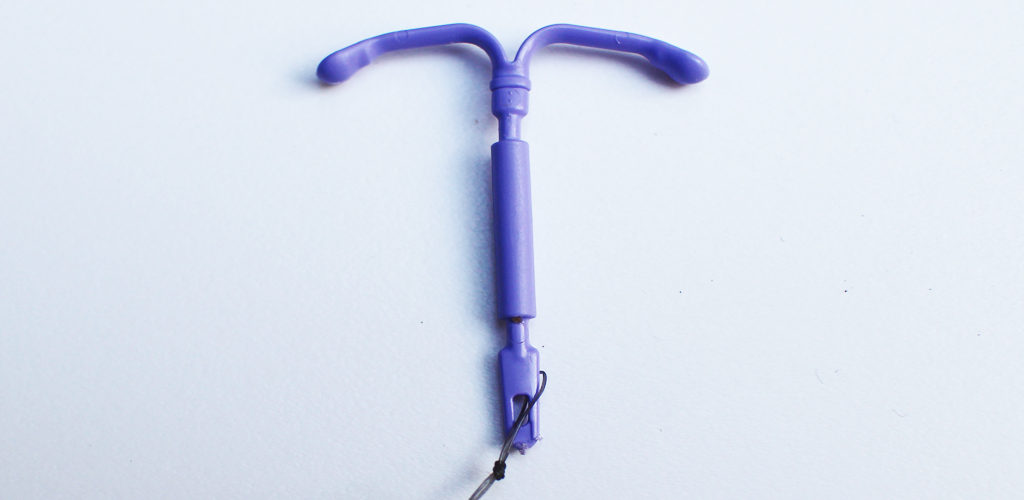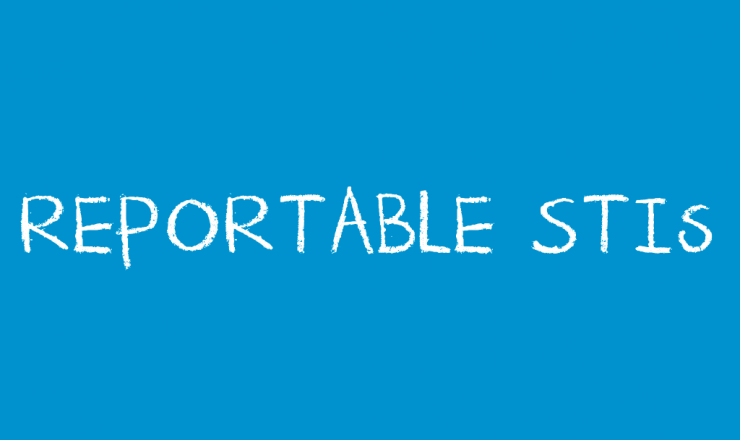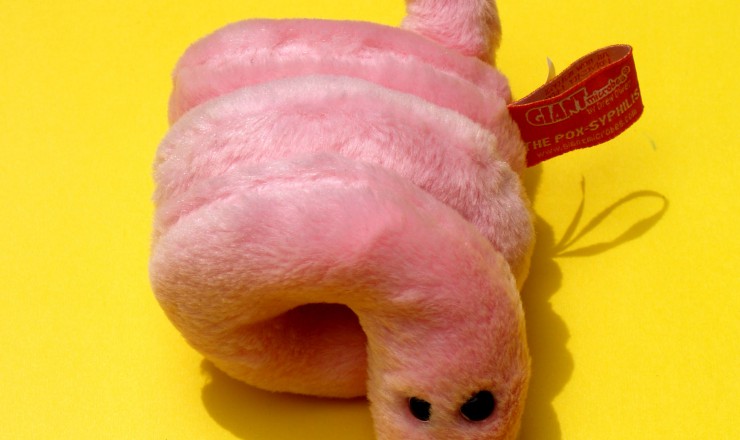Hormonal IUD
What is the hormonal IUD?
- The hormonal IUD (intra-uterine contraception device) is a small, T-shaped piece of plastic with a band containing one hormone (progestin) that a clinician inserts into your uterus*.
- It is sometimes called an IUS (intra-uterine system), and the different models are called Mirena, Kyleena, and Jaydess.
How does the hormonal IUD prevent pregnancy?
- In order to get pregnant, sperm must enter your vagina*, swim up into your uterus and fertilize an egg that has been released from your ovaries during ovulation. Having an IUD in your uterus changes the chemistry of the uterus and makes it hard for sperm and eggs to survive and meet.
- The progestin thickens the mucus on your cervix (the opening to your uterus), which makes it harder for sperm to get into your uterus and fertilize an egg.
- It also thins the lining of your uterus (the endometrium). This makes it harder for a fertilized egg to implant in your uterus and become a pregnancy.
- For some people, the hormonal IUD may stop eggs from being released from your ovaries (ovulation).
How effective is the hormonal IUD?
- The hormonal IUD is 99.8% effective. This means that if 1000 people had a hormonal IUD in place for one year, only 2 of them would get pregnant.
How do you use the hormonal IUD?
- A clinician inserts the IUD into your uterus using a thin (less than 5mm) applicator tube.
- The hormonal IUD looks like a plastic T with strings attached at the bottom. The plastic part stays in your uterus, and the strings hang outside your cervix (the opening of your uterus). These strings are short and will not hang outside your vagina. You can feel them if you put a finger into your vagina and touch your cervix, but the strings cannot usually be felt with a penis*.
- It is normal for the strings to move around a bit or seem to change length. If you are curious, you can check your strings by feeling for them with your finger(s).
- You can have a hormonal IUD removed by a clinician at any time, or leave it in place for up to 3 years for the Jaydess or up to 5 years for the Kyleena or Mirena.
How to start using the hormonal IUD
- If you and your clinician decide that the hormonal IUD is the right method for you, they will write you a prescription. You can buy your hormonal IUD at a pharmacy (approximately $300-$550) or at a sexual health clinic that sells IUDs (approx. $270 – $380). Both the Kyleena and Mirena implants are covered under OHIP+.
- PPT’s Health Services clinic inserts IUDs and sells the hormonal IUD for $306 (Jaydess), $345 (Kyleena) or $380 (Mirena). Both the Kyleena and Mirena implants are covered under OHIP+.
- On the day of the insertion, your clinician will need to do a pelvic exam and test you for some sexually transmitted infections (STIs). They will also want to rule out pregnancy. There can be increased risks if you are pregnant before the device is inserted.
- Your clinician may want to put in the IUD while you are on your period, but this is not always necessary.
- After insertion, you may feel some discomfort and cramping. This usually goes away within a few days. Your clinician will discuss ways to manage any discomfort you may have after the insertion at the time of your visit.
- You will be protected from pregnancy 7 days after the insertion.
- It is recommended to avoid inserting anything into your vagina, including fingers, toys, penises, tampons, and menstrual cups for at least 48 hours after the insertion.
What are the side effects of the hormonal IUD?
- You may have spotting (a small amount of blood lighter than a period) or light bleeding pretty often for the first 3 months.
- Your periods may be lighter, shorter, or more irregular.
- After one year, 16-44% of people will stop having periods at all while the IUD is in place.
- Other rare side effects include acne, headache, and sore breasts*. Only 5% of people experience these side effects.
- Talk to your clinician if you have a history of depression or if you are concerned about potential weight gain.
Advantages of the hormonal IUD
- Your chances of getting pregnant are extremely low.
- It can be used for up to 3 year for the Jaydess or 5 years for the Kyleena or Mirena.
- You don’t have to do anything just before or after you have sex.
- It is a relatively “hands off” method. You only need to have a clinician check for your strings when you get a routine pelvic exam to make sure the IUD is in place.
- It may make your period lighter and less crampy. After one year, 16-44% of people stop having periods while the IUD is in place. This is more likely with the Mirena and less likely with the Kyleena and Jaydess because they have a lower dose of hormones.
- You can use it if you can’t use birth control with estrogen.
- It doesn’t affect your ability to get pregnant after you stop using it.
- You don’t have to rely on your partner(s) to use it.
- If you want to keep your birth control use private, there is no packaging to be found.
- Over the course of 5 years, the monthly cost of the IUD works out to be cheaper than other hormonal options like the pill or ring.
- If you want to use a lower dose of hormones, the hormonal IUD releases a very small amount of hormones compared to other hormonal methods like the pill or ring. The doses released by the Kyleena and Jaydess are even smaller than that of the Mirena.
Disadvantages of the hormonal IUD
- A clinician must insert and remove the IUD. Insertion may be more difficult in people who have never given birth but it is still possible.
- Insertion may be uncomfortable or painful.
- There is a very small chance that the IUD could break through the wall of your uterus while it is being put in. (Fewer than 1 in 1000 insertions). Your uterus should heal if this happens.
- There is small chance your body could expel (push out) your IUD in the first year (2-10% of users). If this happens, you are not protected from pregnancy. IUD expulsion is most common in the first 6 weeks after insertion. Your clinician may recommend you use a back-up method of birth control like condoms or spermicides for the first 6 weeks. If your hormonal IUD expels within the first 6 weeks, you can apply to the manufacturer to get a free replacement IUD. If it expels after the first 6 weeks and you want another one inserted you will have to pay for another IUD.
- If you have an STI or other infection when you have your IUD inserted or if you get one within the first 3 weeks of having an IUD, you are at a slightly increased risk of developing pelvic inflammatory disease (PID). PID can be painful and can lead to infertility. The risk of PID after 3 weeks is not significantly higher when compared to people without IUDs.
- IUDs make any pregnancy very unlikely but with IUDs in place a higher proportion of the pregnancies that do happen are ectopic (they happen outside of the uterus). Overall, the rate of ectopic pregnancy is lower with an IUD than in the general population.
- You may experience side effects.
- Some people may not be comfortable using a method that can take their period away.
- It doesn’t protect you from STIs.
For a downloadable resource on this topic, please visit Planned Parenthood Toronto Factsheet Database.
If you have questions about this topic, feel free to contact one of our peer educators. [Link]
*We know that these aren’t the words everyone uses for their bodies (eg. trans folks), and support you using the language that feels best for you
Last Edited: August 2022






